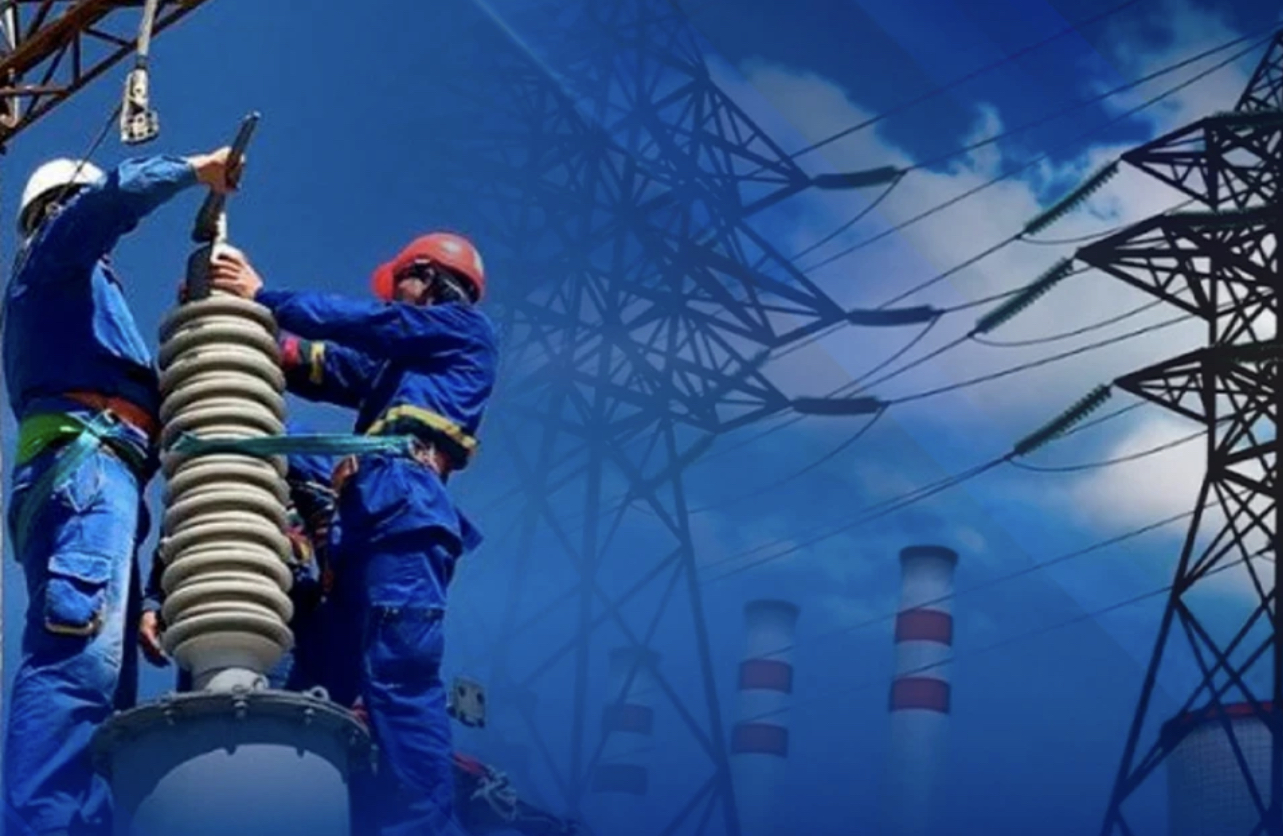ASTANA – In the first half of the year, Kazakhstan achieved substantial oil and gas production results, extracting 44.7 million tons of oil and gas condensate and increasing gas production to 30 billion cubic meters, a 101% rise from the same period last year.

Photo credit: primeminister.kz
The Prime Minister’s press service reviewed measures to enhance energy infrastructure, boost investment attractiveness, and introduce digital technologies оn Aug. 1.
Oil and gas industry
Kazakhstan’s oil industry showed stable growth in January-June. Karachaganak Petroleum Operating B.V. is expanding the Karachaganak field with the Karachaganak-1A and Karachaganak-1B projects, aiming to maintain liquid hydrocarbon production at 11 million tons annually. These projects are expected to be completed by 2028.
Tengizchevroil (TCO) continues work on the future growth project, set to launch in June 2025, and the wellhead pressure management project began operations in April. Together, these projects will increase oil production by 12 million tons per year.
Gas production increased from 42.3 billion cubic meters in 2013 to 59.1 billion cubic meters in 2023 and is expected to reach 91 billion cubic meters by 2030.
By the end of 2023, gasification in Kazakhstan had reached 60%, providing natural gas access to 12 million people. In 2024, 128 settlements are planned to be gasified, raising the gas supply level to 61.8%.
In January-June, 89.3 billion tenge (US$188 million) were allocated for 107 projects, providing gas to 44 settlements with a population of over 232,600 people. By the end of the year, 105.4 billion tenge (US$222 million) will be allocated to provide gas to more than 300,000 people and modernize 1,700 kilometers of gas pipelines, including new construction.
Power grid infrastructure
In the first half of the year, Kazakhstan produced 60.449 billion kilowatt-hours (kWh) of electricity, while its consumption reached 60.169 billion kWh. These figures demonstrate the stability of the country’s power grid infrastructure.
The country has 148 renewable energy facilities with a combined installed capacity of 2,900 megawatts (MW). In the first six months, renewable sources produced 3.8 billion kWh of electricity, accounting for 6.47% of the country’s total electricity production. By the end of 2024, Kazakhstan plans to launch six new renewable energy projects with a total capacity of 196.9 MW.
Investment programs are underway to reconstruct and modernize the power grid. From 2024 to 2029, projects will receive up to 300 billion tenge (US$632 million) in funding. Under the tariff in exchange for an investment program, the annual limit for returnable investments will rise from 32 billion tenge (US$67.5 million) to 428 billion tenge (US$902 million), facilitating the modernization of existing energy facilities.
Digitalization of the energy sector
The country has implemented several key initiatives, including a pilot project for digital monitoring of license and contract conditions for subsoil users and the digital generation map module, which began accepting reports on renewable energy sources.
Various modules have been developed as part of the digital energy platform, such as the passports of energy-producing enterprises and offices for state agencies and consumers. Kazakhstan plans further system development and process digitalization to enhance transparency and efficiency in energy resource management.
There are also projects for automating state services and creating electronic classifiers of goods for the oil and gas industry. The country is working on automating the supply plan using artificial intelligence elements and launching pilot projects for marking and tracking motor oils.
Legislative changes and modernization
Kazakhstan adopted the “On Heat Energy” law, marking a significant step in regulating public relations in the heat energy sector on July 8. This law systematically consolidates norms related to the production, transmission, sale, and consumption of thermal energy, aiming to ensure the efficient functioning and development of heating systems.
The new law modernizes the regulatory framework, introduces new mechanisms, and strengthens existing ones to guarantee the uninterrupted operation of the heat energy sector. It defines the goals, objectives, and principles of state regulation, introduces planning and evaluation mechanisms for sector development, structures the heating system, regulates the rights and obligations of process participants, updates tariff regulation mechanisms, and supports energy conservation.


